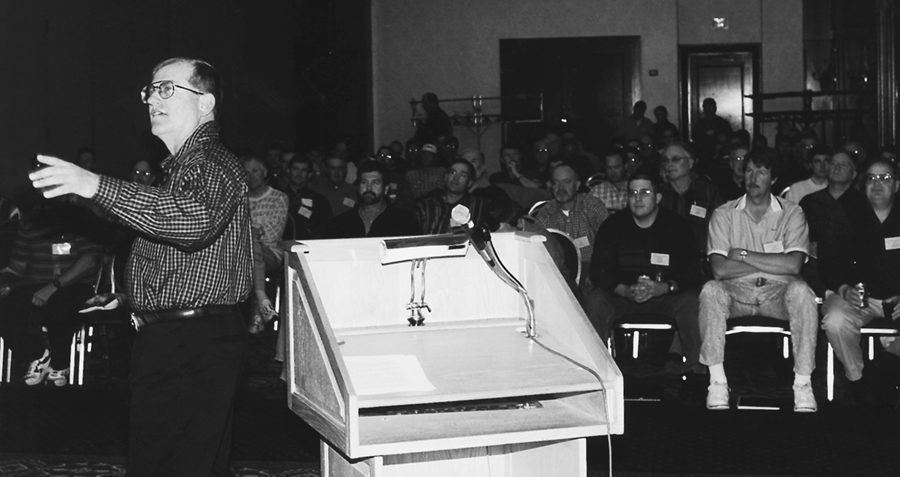No-Till Farmer
Get full access NOW to the most comprehensive, powerful and easy-to-use online resource for no-tillage practices. Just one good idea will pay for your subscription hundreds of times over.

Wow, what a year! Who would have dreamed that our no-till planting window in southwestern Ohio would only run from March 28 to April 27. The few no-tillers who recognized early that the soil was ideal for no-tilling had an excellent crop. Many no-tillers who waited for the more traditional planting dates never got a crop in the ground.
To boost no-till profit and yield, here are some essential no-tilling ideas to consider that came up this year in Ohio.
1. Can your soil produce more yield for less money without costly erosion, compaction and diseases? Can you plant in one trip while maximizing your no-till yields? The most efficient and profitable operations I work with answer “yes” to these and many other tough questions.
2. Many successful no-tillers apply more lime and other soil amendments than the typical farmer. Their fields have a pH of more than 6.5 and 70 to 80 percent calcium as calculated by their soil lab with the ammonium acetate extraction method. Since calcium increases soil, air and water movement, their fields can be no-tilled sooner and yield more due to the longer growing season.
3. These no-tillers tile all the land they can, participate in government cost sharing, use best management practices, and find new ways to quickly move water off fields without damaging the soil or the no-tilled crop.
4. Most of these growers are 100 percent no-till. Thanks to no-till, they are making their ground perform like the soil that’s found in…